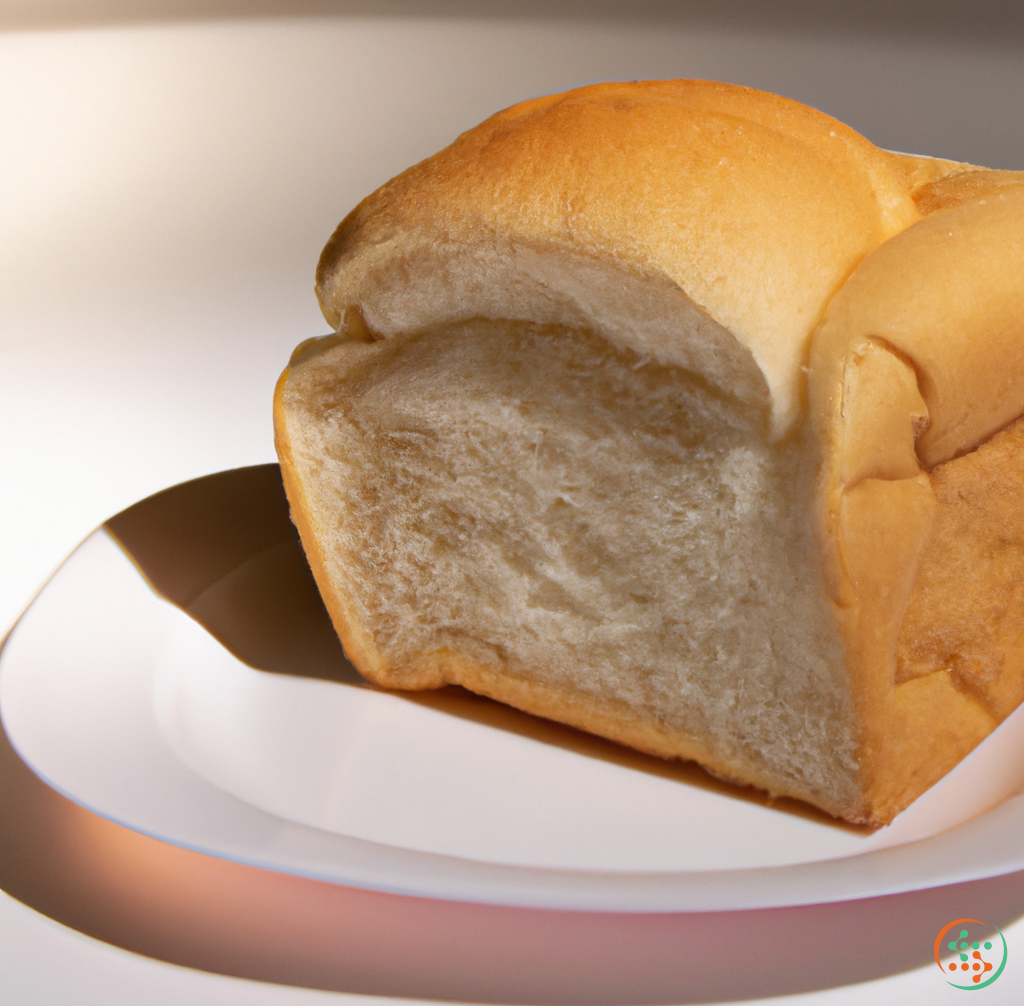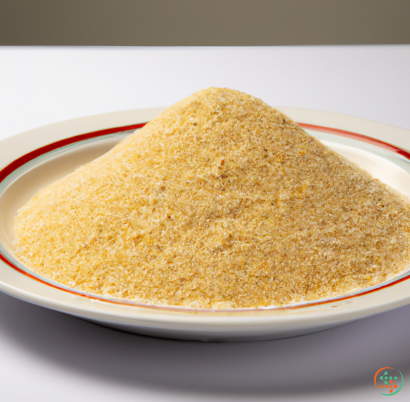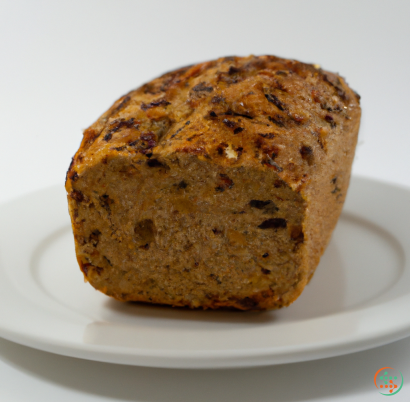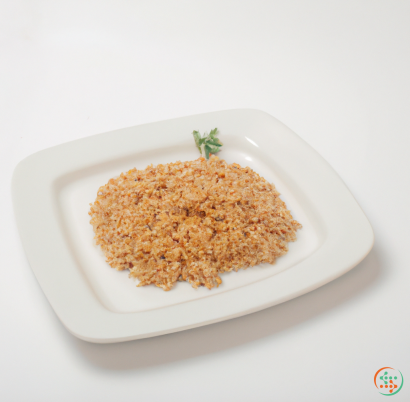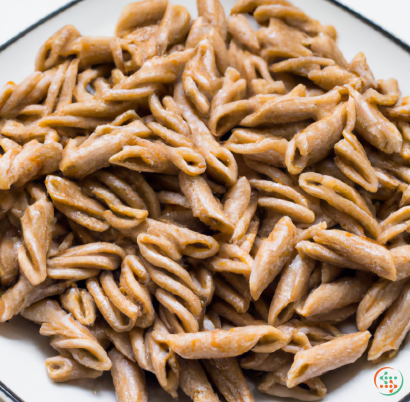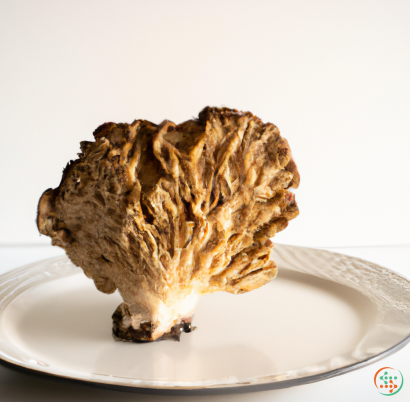Wheat Bread
What is Wheat Bread?
Wheat bread is a variety of bread made from wheat flour. It is one of the world’s most popular and basic types of bread, with its use stretching back centuries. It comes in many different shapes and forms and is used in a wide variety of dishes, from sandwiches to toast. It is an important part of many cultures around the world and provides a great source of nutrition and sustenance.
Originally, wheat was cultivated in parts of the Middle East, Asia and North Africa, where it gradually spread to Europe and elsewhere around the world. Throughout its long history, different countries have adopted wheat as an important staple crop and have used it in many different ways. During the Middle Ages, white wheat was the most popular type of flour used in baking because it was finer and worked best with the equipment used during this era. As technology advanced, so did the types of flour used, allowing for the development of whole-wheat flour and various varieties of wheat bread.
The type of flour used in producing wheat bread is a major factor in determining its taste and texture. Whole-wheat flour, for example, includes all of the wheat grain's components, such as the germ, bran, and endosperm, which gives the bread a noticeably grainier texture and nuttier flavor than breads made with all-purpose or other flours. The actual flavor of wheat bread is mild, slightly sweet, nutty, and often slightly savory. Much like other types of bread, wheat bread can also be made with added ingredients to create different flavors, such as raisins, nuts, or seeds.
Health Benefits of Wheat Bread
Wheat bread is a great source of nutrition due to its whole-wheat flour content. It has considerably more fiber, protein, vitamins, minerals, and phytonutrients than breads made with white flour, giving it numerous advantages for your health. It is slower to digest, so it helps to keep you feeling fuller for longer, aids with digestion, and helps lower cholesterol. It is also a good source of B vitamins, magnesium, potassium, phosphorus, and other essential vitamins and minerals.
Wheat bread is also a healthier option than white bread because it isn't treated with bleaching agents such as sodium bromate, azodicarbonamide, or chlorine dioxide, which are used during the production of white flour. These chemicals can be dangerous if consumed in large quantities and may have a negative effect on your health over time.
Conclusion
In conclusion, wheat bread is one of the most popular and versatile types of bread in the world, with its use and importance stretching back centuries. It is a great source of nutrition and has numerous health benefits, particularly when compared to white bread. Many different recipes and styles of wheat bread have been developed over the years, giving us endless possibilities for delicious dishes. If you’re looking for a nutritious, healthy and flavorful bread to add to your diet, wheat bread is an excellent option.
Wheat bread is one of the most common breads found in many households around the world. It is a staple bread for many cultures, used for a variety of meals. Wheat bread is created through a long and sophisticated process that begins with cultivating the wheat, milling the grain, forming the dough, baking the bread, and finally shipping it to the consumer. This article will take you through each step of this complex journey to examine the production, baking, and shipping of wheat bread.
Cultivating wheat
The first step in the process of creating wheat bread involves cultivating the wheat. Wheat is a cereal grain, typically grown on the same farm or region each year. To ensure successful harvests, the type of soil and climate must be favorable to the crop. Generally, wheat is grown in regions that are not too hot and have adequate moisture for the crops to grow.
When selecting the type of wheat to grow on the farm, the farmer must consider the climate, soil type, and fertility of the land. Additionally, many farmers consider the aroma, grain size, and flavor of the wheat grain when deciding which type will best suit the bread to be produced. Once the desired wheat is chosen and the land is properly prepared, the sowing process can begin.
The grains of wheat are planted in the soil during late fall or winter and the seedlings begin to grow shortly after. This early growing phase is known as “cradle”. As the young plants grow, they are nurtured, weeded, and irrigated to ensure a healthy crop. Depending on the growing season, the wheat grain is ready to be harvested between two and four months after planting.
During harvesting, the wheat grain is removed from its husks, dried in the open air, and stored in dry, airtight containers. The wheat grain is then thoroughly inspected. If the grain is of good quality, it is sent to a milling facility.
Milling the grain
Once the wheat grain arrives at a milling facility, the process of milling can begin. The milling processes separates the grain from its chaff, sorts the grain particles into different sizes, and cleans the grain prior to packaging.
The first step in the milling process is dehulling, or removing the husks of the wheat grain. This is done using a machine that removes the husks and separates them from the grain. Next, the wheat is passed through a set of large vibrating screens. This process separates the large particles from the smaller particles, allowing the millers to package different sizes of wheat grain.
The wheat is then sent to a machine that uses a series of rolls to separate the germ from the endosperm. The germ is a nutrient-dense part of the wheat grain and is often sold separately as a health supplement. The endosperm is the part of the wheat that is used to make flour. After the germ is separated from the grain, the wheat is sent for cleaning.
The cleaning process removes any dirt, stones, or other unwanted material from the wheat grain. The wheat is then ready to be ground into flour. Flour is a powdery material that is produced from grinding the wheat grain between two stones. The type of flour produced depends on the coarseness and fineness of the grinding.
Forming the dough
The flour produced in the milling process is sent to a bakery where it is used to form dough. To create the dough, the baker will mix the wheat flour with other ingredients such as water, salt, yeast, and sugar. Depending on the recipe, other ingredients such as milk, butter, eggs, and spices may also be added. The baker will then knead the dough until it reaches the desired texture.
Once the dough is formed, it is placed in a greased loaf pan and covered with a damp cloth. The dough is left to rise for a few hours, allowing the yeast to activate and the dough to become light and fluffy. During the rising process, the dough will double in size.
Baking the bread
After the dough has finished rising, it is removed from the pan and placed in the oven. While the oven preheats, the baker will brush the top of the loaf with oil or butter to give it a crusty exterior. The dough is then placed in the oven and baked for a set time and temperature. The baking time and temperature can vary based on the size of the loaf, desired crust color, and the type of wheat used.
Once the desired bake is achieved, the loaf is removed from the oven and allowed to cool. The loaf is then ready to be packaged and shipped.
Shipping the wheat bread
Once the wheat bread is cooled, it is wrapped in plastic and placed into a cardboard box for packaging. The box is then sent to a distribution warehouse where it is stored until it is ready to be shipped to retailers.
At the distribution warehouse, the packaged loaves of bread are inspected, labeled, and sorted by the staff. The bread is then placed into large shipping containers or pallets, which hold multiple loaves of bread. These containers are then loaded onto trucks and shipped to retailers.
When the bread reaches its destination, the bread is unloaded and placed into the retailer’s warehouse. It is then restocked onto the shelves in accordance with the store’s stock levels.
From the retailer, the bread is shipped directly to the consumer. When the consumer receives the bread, they can enjoy a freshly baked loaf of wheat bread any time they desire.
Conclusion
Creating wheat bread is a complex process that involves several steps. From cultivating the wheat to shipping the bread to the consumer, each stage requires specialized care and attention to ensure a high-quality product. This process is a testament to the skills and knowledge of farmers, millers, bakers, and retailers that work together to bring wheat bread to your dinner plate.
| Beta-Carotene | 0.001 mg | |
| Vitamin E | 0.19 mg | |
| Vitamin K | 0.0049 mg | |
| Vitamin C | 0.2 mg | |
| Vitamin B1 | 0.41 mg | |
| Vitamin B2 | 0.25 mg | |
| Vitamin B3 | 0.00559 grams | |
| Vitamin B4 | 0.0187 grams | |
| Vitamin B5 | 0.82 mg | |
| Vitamin B6 | 0.11 mg | |
| Vitamin B9 | 0.085 mg |
| Calcium | 0.125 grams |
Daily Value 1.3 g
|
| Iron | 0.0036 grams |
Daily Value 0.018 g
|
| Magnesium | 0.041 grams |
Daily Value 0.4 g
|
| Phosphorus | 0.129 grams |
Daily Value 1.25 g
|
| Potassium | 0.141 grams |
Daily Value 4.7 g
|
| Sodium | 0.473 grams |
Daily Value 2.3 g
|
| Zinc | 0.00104 grams |
Daily Value 0.011 g
|
| Copper | 0.15 mg |
Daily Value 0.9 mg
|
| Manganese | 0.00103 grams |
Daily Value 0.0023 g
|
| Selenium | 0.0288 mg |
Daily Value 0.055 mg
|
| Glucose | 1.66 grams |
|
| Fructose | 2.33 grams |
|
| Maltose | 1.74 grams |
|
| Total Sugars | 5.7 grams |
per 100g
|
| Lauric acid (12:0) | 0.01 grams |
|
| Myristic acid (14:0) | 0.01 grams |
|
| Palmitic acid (16:0) | 0.44 grams |
|
| Stearic acid (18:0) | 0.21 grams |
|
| Arachidic acid (20:0) | 0.01 grams |
|
| Behenic acid (22:0) | 0.01 grams |
|
| Total Saturated fatty acids: | 0.69 g | |
| Oleic acid (18:1) | 0.58 grams |
|
| Palmitoleic acid (16:1) | 0.02 grams |
|
| Gadoleic acid (20:1) | 0.01 grams |
|
| Total Monounsaturated fatty acids: | 0.61 g | |
| Omega-6 Gamma-linolenic acid (18:3) | 0.01 grams |
|
| Omega-3 Alpha-linolenic acid (18:3) | 0.16 grams |
|
| Linolenic acid (18:3) | 0.16 grams |
|
| Linoleic acid (18:2) | 1.45 grams |
|
| Total Polyunsaturated fatty acids: | 1.78 g | |
| Trans-monoenoic fatty acids | 0.03 grams |
|
| Total Trans fat: | 0.03 g | |
